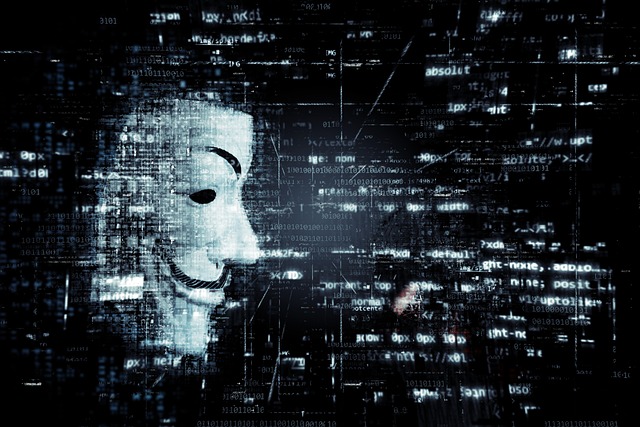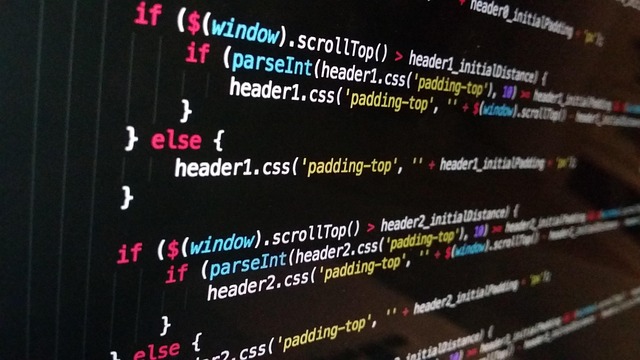The Impact of Social Media on Digital Identity Protection
In our increasingly interconnected world, social media has become a significant part of our daily lives. Platforms like Facebook, Twitter, Instagram, and LinkedIn allow us to connect with others, share experiences, and build communities. However, as we embrace the benefits of social media, we must also confront the pressing issue of digital identity protection.
One of the primary impacts of social media on digital identity is the amount of personal information we willingly share. From our names and birthdates to our locations and interests, we divulge a wealth of information that can be exploited. This openness can be both liberating and dangerous. As we cultivate our online personas, we may inadvertently lay down a digital breadcrumb trail, leading others directly to our sensitive data.
The very nature of social media encourages sharing, often leading us to forget the potential implications of our posts. A seemingly innocent photograph, status update, or check-in can reveal more than intended, exposing us to risks such as identity theft, cyberbullying, and privacy invasions. Users often underestimate how much they are revealing and who is watching.
Moreover, social media platforms themselves often face challenges in safeguarding users’ digital identity. Data breaches have become alarmingly common, putting our personal information at risk. In many cases, these platforms prioritize user engagement and advertising revenue over stringent security measures. As a result, we find ourselves dependent on their ability to protect our information while they earn from our data.
Social media can also distort the way we perceive and manage our digital identity. The curated nature of profiles can create unrealistic expectations, leading users to present an amplified or entirely different version of themselves. This disconnect between our real and digital selves not only affects personal relationships but can also expose vulnerabilities that malicious actors may exploit.
As individuals, it’s crucial to take a proactive approach to protect our digital identity while engaging on social media. Implementing privacy settings, being selective about what we share, and regularly reviewing our online presence are essential first steps. Also, using strong, unique passwords and enabling two-factor authentication can add layers of security, safeguarding our digital lives against possible threats.
Ultimately, navigating social media and protecting our digital identity requires a balance between enjoying connection and maintaining safety. We must remain vigilant and empower ourselves with the knowledge and tools needed to safeguard our personal information in a landscape that is as rewarding as it is precarious. By doing so, we can enjoy the benefits of social media while mitigating the risks it poses to our digital identities.



